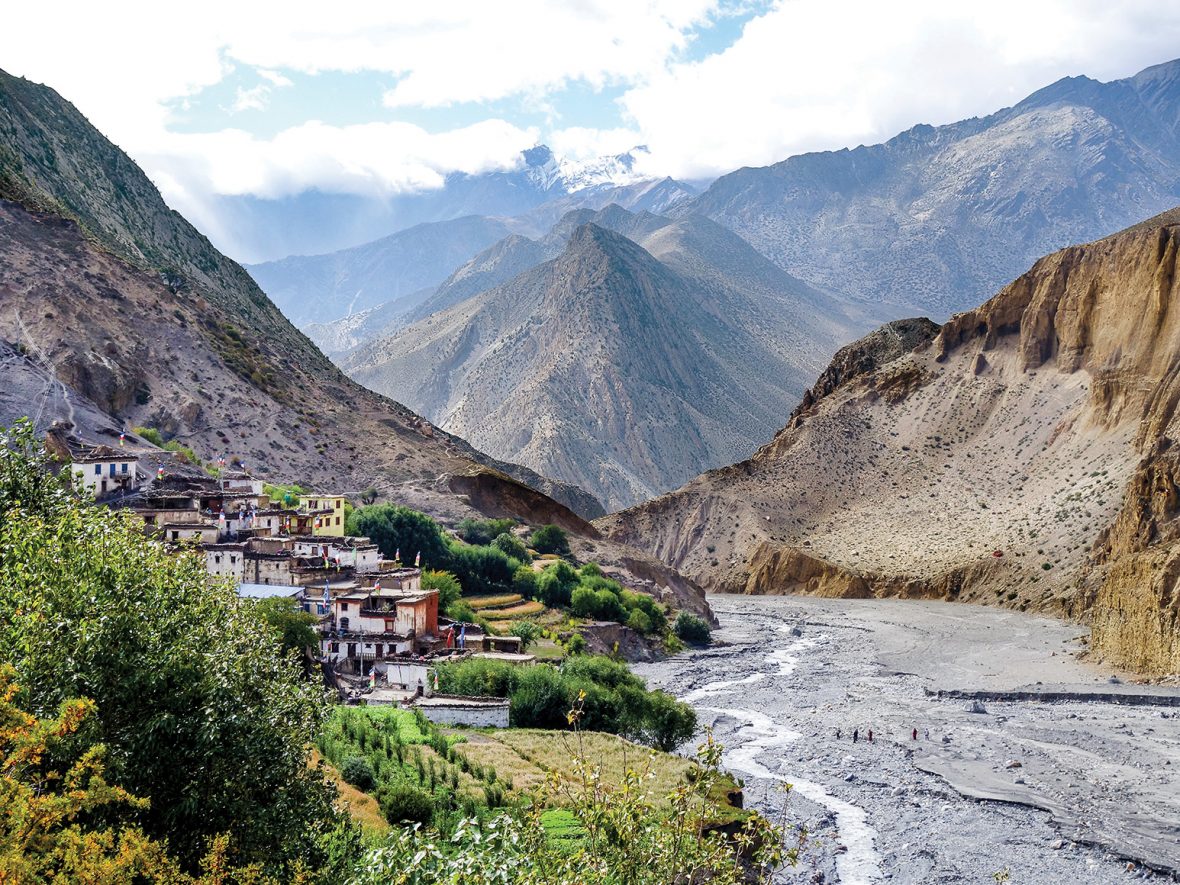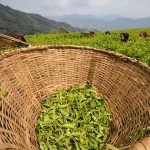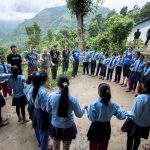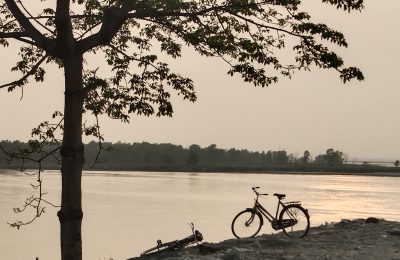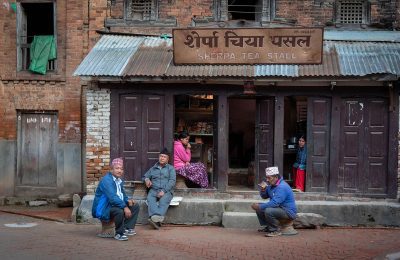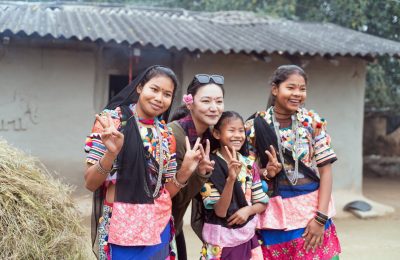Trekking is one of the most popular ways to see Nepal, and we would argue one of the best ways to get to know its landscape and its people. Something magical happens to hikers after several days enveloped in forest, farmland, small villages and mountain peaks. Perhaps it’s just the natural unplugging from non-stop demands and the reconnecting with Mother Earth, but it has a grounding effect on trekkers. Discover the different trekking routes to take hikers off the beaten path.
While some routes in Nepal are very well known, uncrowded alternatives exist. Seeking out these routes and supporting the small, lesser-visited communities along the way is one way to travel more sustainably and connect with the culture more deeply.
We’ve suggested three multi-day circuits and a one-day hike outside of Kathmandu to get started:
Langtang Region Tamang Heritage Trail
Just north of Kathmandu, the Tamang Heritage Trail runs in a loop from the village of Syabrubesi on the western edge of Langtang National Park. This nine-day route takes trekkers through several small Tamang villages in the Langtang Valley. Stay with host families in colorful villages like Gotlang, Tatopani, Thuman and Briddim to learn about the distinct culture of the Tamang people, one of Nepal’s largest indigenous groups. Several uphill hikes make it a challenging route with huge scenic payoffs — clear views of Langtang Lirung and Ganesh Himal.
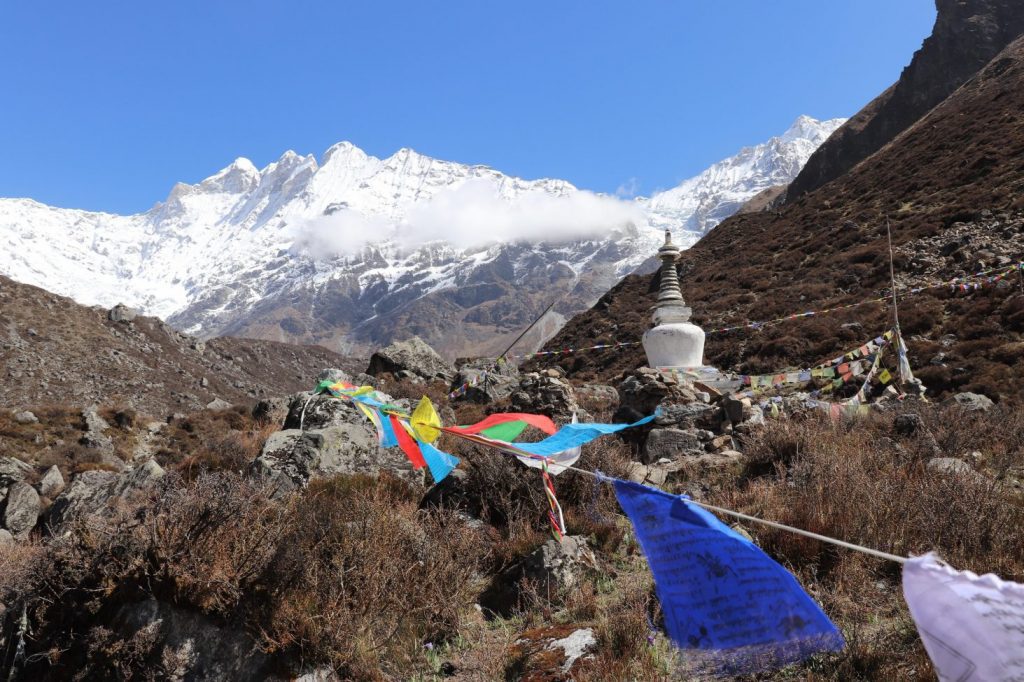
Annapurna Region Khopra Community Trek
This scenic 10-day route allows hikers to experience the famous Annapurna region in north central Nepal, yet still avoid the crowds. Trekkers come for the panoramic views of Dhaulagiri (the seventh highest mountain in the world), Nilgiri, Barahi Suikhar and Annanpurna South, but the changing landscape through forested areas and farmland and along ridgelines is continually impressive. Other highlights include tasting local cheese in Swanta, eating fresh oranges from the groves in Bas Kharka, visiting Lake Khayer, a place of Hindu pilgrimage, taking a detour to quaint village of Narchyang , and taking a dip in the natural hot springs in Tatopani.
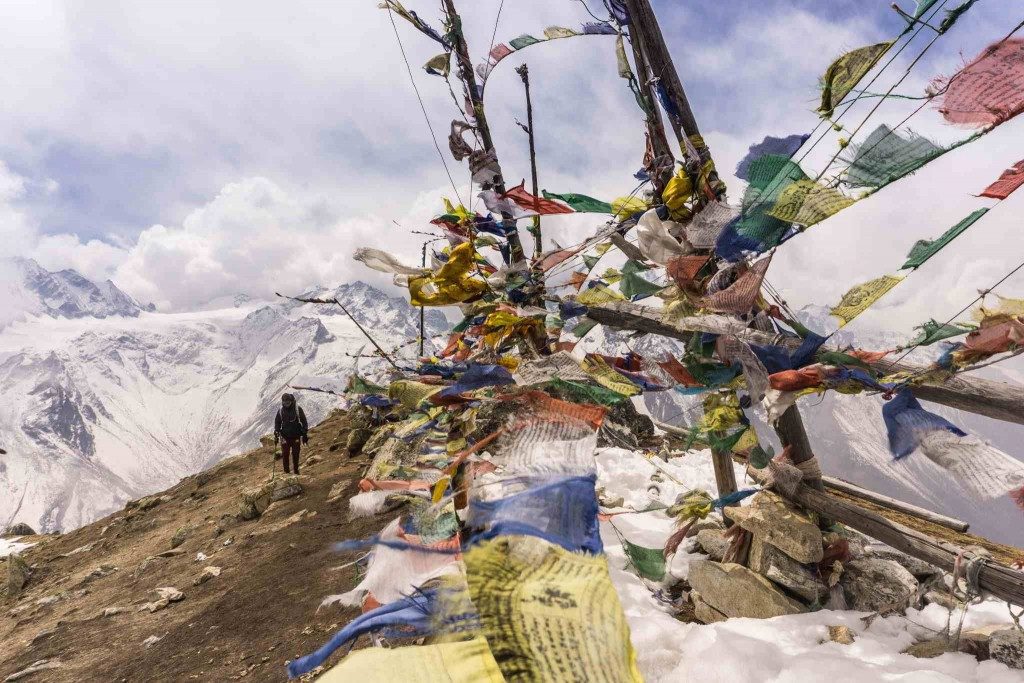
Lubra Naurikot Hike
This well-paced, seven-day itinerary in the Lower Mustang District and Annapurna region uses homestays in the villages of Lubra and Narchyang as basecamps and allows hikers to explore from there. Lower Mustang only became accessible to travelers in 1992 and remains mysterious to many with its distinct arid climate and setting high in the mountains. From Lubra, explore the last existing monastery of the Bon religion, ancient meditation caves and the pilgrimage site of Muktinath. From Narchyang, visit the Rupse waterfall and natural hot springs and learn about the local Magar culture. Breathtaking mountain views just come with the territory.
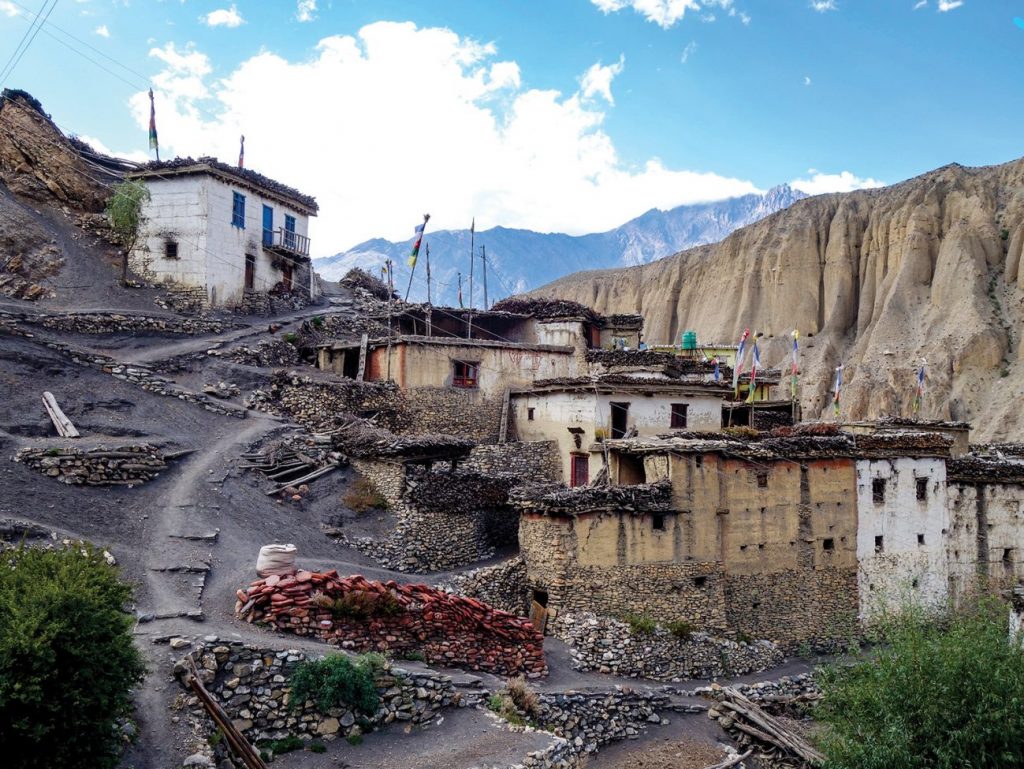
Community Hike Sanga Panauti
Hikers who are short on time can still reap all the benefits on this day hike from Sanga to Panauti outside of Kathmandu. It’s an easy-to-moderate, eight-hour walk along ridges, past farmland and through village life. Visit the tallest statue of Shiva in the world, share a home-cooked lunch with a local family and bask in the views of the Himalayas.
Find more opportunities to get off-the-beaten path with these Community Homestay circuits.


